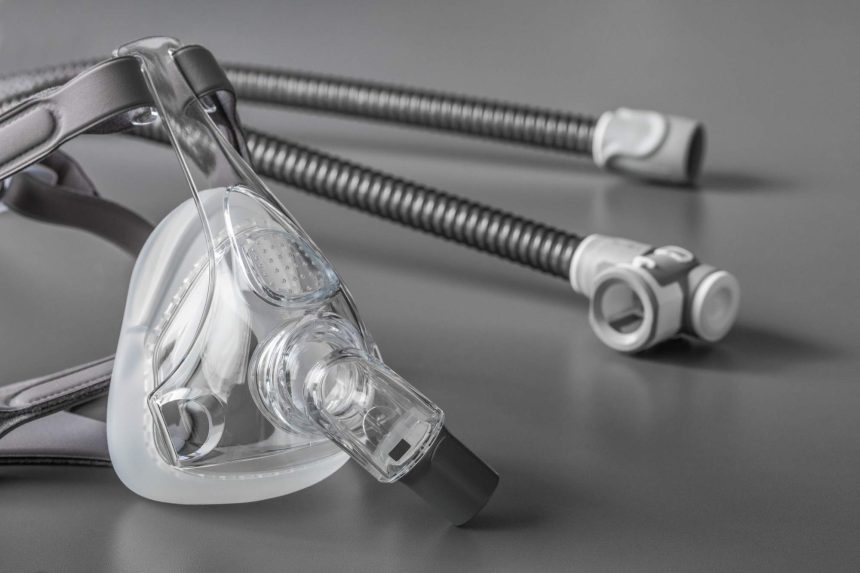Did you know that an estimated 22 million Americans suffer from sleep apnea? Are you one of them?
Sleep apnea is when someone’s breathing starts and stops while they’re sleeping. Common symptoms include loud snoring, waking up feeling tired, irritability, insomnia, and waking up with a dry mouth.
While there are plenty of options for sleep apnea treatment that doctors can recommend, many people don’t know that their local orthodontist could have a solution.
But how can orthodontic work help sleep apnea? We’re here to talk about it. Read on to learn all about what can an orthodontist do for sleep apnea.
The Basics of Obstructive Sleep Apnea
The most common type of sleep apnea is obstructive sleep apnea. It happens when the patient’s airway is obstructed.
Obstructive sleep apnea can affect both adults and children, and the symptoms are the same. Gasping, loud snoring, pauses in breathing, and tossing and turning are all common symptoms of obstructive sleep apnea.
For many people, positive airway pressure therapy (otherwise known as PAP) is the best option for sleep apnea. They get a CPAP machine to send forced air through a mask while the patient is sleeping.
Some people may choose to get surgery to ease their sleep apnea symptoms. Palatal and lower jaw surgery works well for sleep apnea. They would need an oral surgeon for this procedure.
If these options don’t work for the patient, there are also orthodontic treatment options that they can try.
Orthodontic Treatment for Obstructive Sleep Apnea
While jaw surgery will often be done by an oral surgeon, some orthodontists are also able to do it. If this is the best option for you, you can bring it up when you visit your local orthodontist office. The surgery that you’re looking for is maxillomandibular advancement.
More common (and less invasive) methods are available. It’s often better to start with less invasive methods, because they’re safer, easier, and more affordable than surgery.
Sometimes, changing the position of the patient’s teeth is enough to alleviate symptoms of sleep apnea. The orthodontist can do this with standard orthodontic appliances like braces or clear aligners.
An orthodontist may also use a mandibular advancement device (MAD). This device pushes the jaw forward, so the airway can stay clear while the patient sleeps.
Orthodontists have special training to identify signs and symptoms of sleep apnea in their patients. If you suspect that you have sleep apnea, but you don’t yet have a diagnosis, consider talking to your orthodontist to learn more.
Can Your Orthodontist Help With Sleep Apnea?
If you’re combating sleep apnea, it’s helpful to try several methods that might help. If a CPAP machine isn’t enough for you, consider visiting your local orthodontist to ask about potential treatment options.
Sleep apnea is treatable as long as you take the right steps.
For more helpful articles all about health and more, visit the rest of our site.















